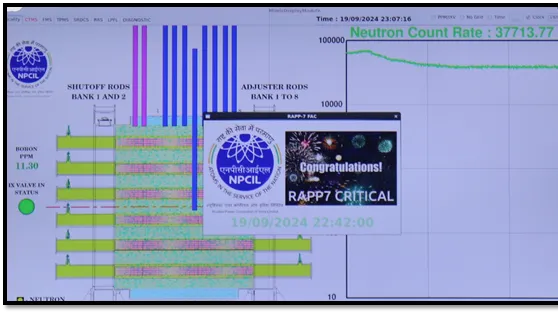
India’s Rajasthan Atomic Power Project unit-7 reaches criticality
This unit will now transition to the operational phase.
India's nuclear energy programme reached a major milestone after Unit-7 of NPCIL’s Rajasthan Atomic Power Project-7 & 8 (RAPP-7&8) achieved criticality. This development signifies the start of a controlled nuclear fission chain reaction in the 700-megawatt (MW) unit.
According to the Department of Atomic Energy, “reaching criticality in a nuclear reactor refers to the point at which a sustained and controlled nuclear fission chain reaction begins.”
“At this stage, the number of neutrons produced by fission events is equal to the number of neutrons lost through absorption and leakage, resulting in a stable level of power output,” it added.
Reaching criticality will allow the reactor to start generating heat that can be converted into electricity.
Located in Rawatbhata, Rajasthan, RAPP-7 is a pressurised heavy water reactor, and the third unit in a series of sixteen indigenous reactors being developed in India.
Following this development, RAPP-7 will now transition from construction phase to its operational phase.
A series of tests and experiments will be conducted to ensure the unit's optimal performance before it's connected to the grid. Power levels will be gradually increased, adhering to the Atomic Energy Regulatory Board's guidelines, until full power generation is achieved.
The RAPP-7&8 project, with a total planned capacity of 1,400 MW, adds to the existing six operational units at Rawatbhata, which contribute 1,180 MW to the grid.
RAPP-7 is expected to commence power generation later this year, and the RAPP-8 the following year.
NPCIL currently operates 24 reactors with a total capacity of 8,180 MW, with a capacity of 6,800 MW under construction. Ten other reactors, totalling 7,000 MW, are in the pre-project stage, projected to be completed by 2031-2032.
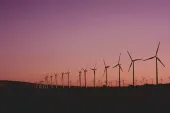

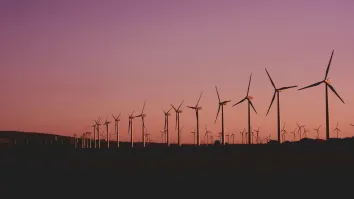
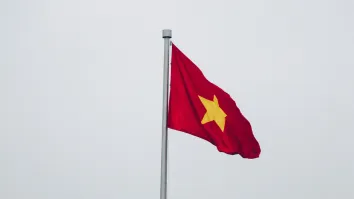






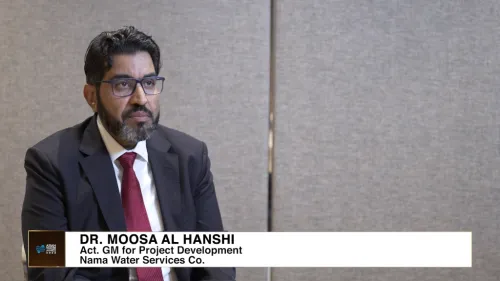
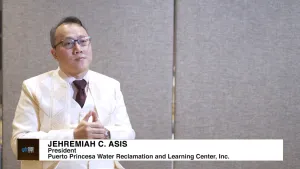
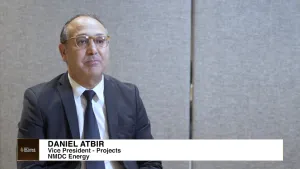


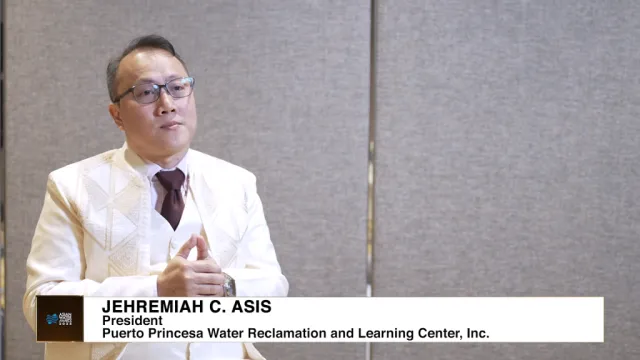
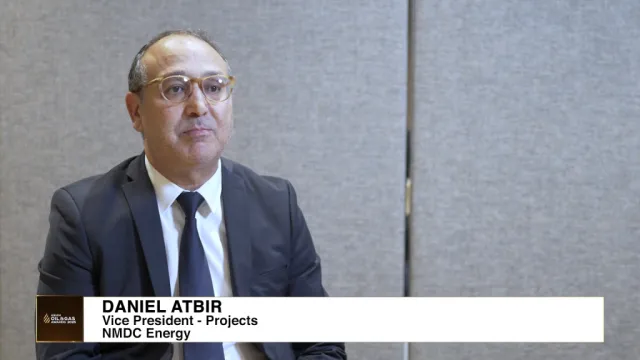


 Advertise
Advertise






